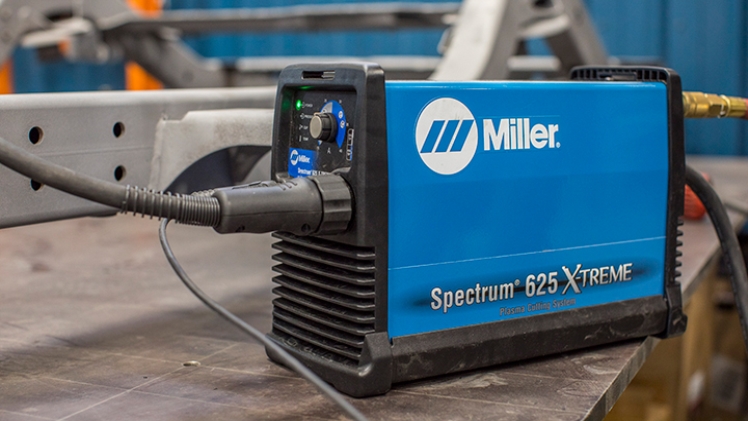Have you ever wondered how hard and tuff metals are cut? How are some metals curated into admirable shapes? Well, this is the right place to be. We will unveil and discuss this powerful tool that has had a breakthrough in our country, primarily for our artisans.
The plasma cutter has had a popularity for its remarkable work in making work more accessible. Stay tuned to learn more about it.
What is a Plasma Cutter?
The plasma cutter Kenya is one of the most intriguing and potent technologies created in the 20th century. The plasma cutter works with almost magically efficient outcomes using fundamental physics principles. It is used to cut through metal or to create specific shapes and holes in straps, bolts, pipelines, and sheet and plate metal.
A plasma cutter was once employed by industry, but it is now also used by creative artists and hobbyists. Hence, anyone from a shipyard to a sculptor might use one.
How Does a Plasma Cutter work?
A machine with a plasma torch that can be moved along a path determined by a computer is known as a plasma cutter. Plasma cutters use a computer-generated program to cut the metal with precise accuracy. Most metal production tasks require a plasma cutter to produce precise cuts with high-quality edges.
By projecting the torch onto metals, the hot plasma jet is accelerated and aimed directly at the item being cut. Plasma cutters cut through solid materials by firing an electric arc through a gas stream moving through a narrow hole. The gas squeezes through quickly as it passes through a narrow nozzle. The metal is then cut through by this fast-moving gas.
Gases Used for a Plasma Cutter to work
Essentially, plasma cutters operate using a single gas or an amalgamation of gases. The gas can be nitrogen, oxygen, inert gases, or shelved air. Many fabricators select plasma cutters with “amalgam gas” capacity. This implies that a variety of plasma and shield gases can be utilized for a range of applications.
Multi-gas torches provide the most flexibility for shops that cut a range of materials. Different gases are employed based on the kind and thickness of the material to achieve the optimal balance of cut quality, parts life, productivity, and overall cost of operation. Most plasma system manuals tend to confuse the user with a bewildering assortment of cut charts and gas options.
Materials that can be cut using the plasma cutter
Before cutting through any metals, you need to choose your gas carefully. Plasma cutters in Kenya can cut through electrically conductive materials. Mild steel, stainless steel, and aluminum are the three most typical materials, although the machine can also cut through copper, brass, and any other conductive metal.
Cast iron, steel, copper, and other conductive metals are all easily sliced through by plasma, which works well on almost anything that conducts electricity. Great at cutting aluminum. Only the oxides make raw plasma-cut edges unsuitable for welding.
Conclusion
To conclude, Plasma cutters compared to a hand-held torch, a mechanized plasma torch is often straight and supported by the profile cutting table. They have gained more popularity and are being used by many. See other types of welding machines.

